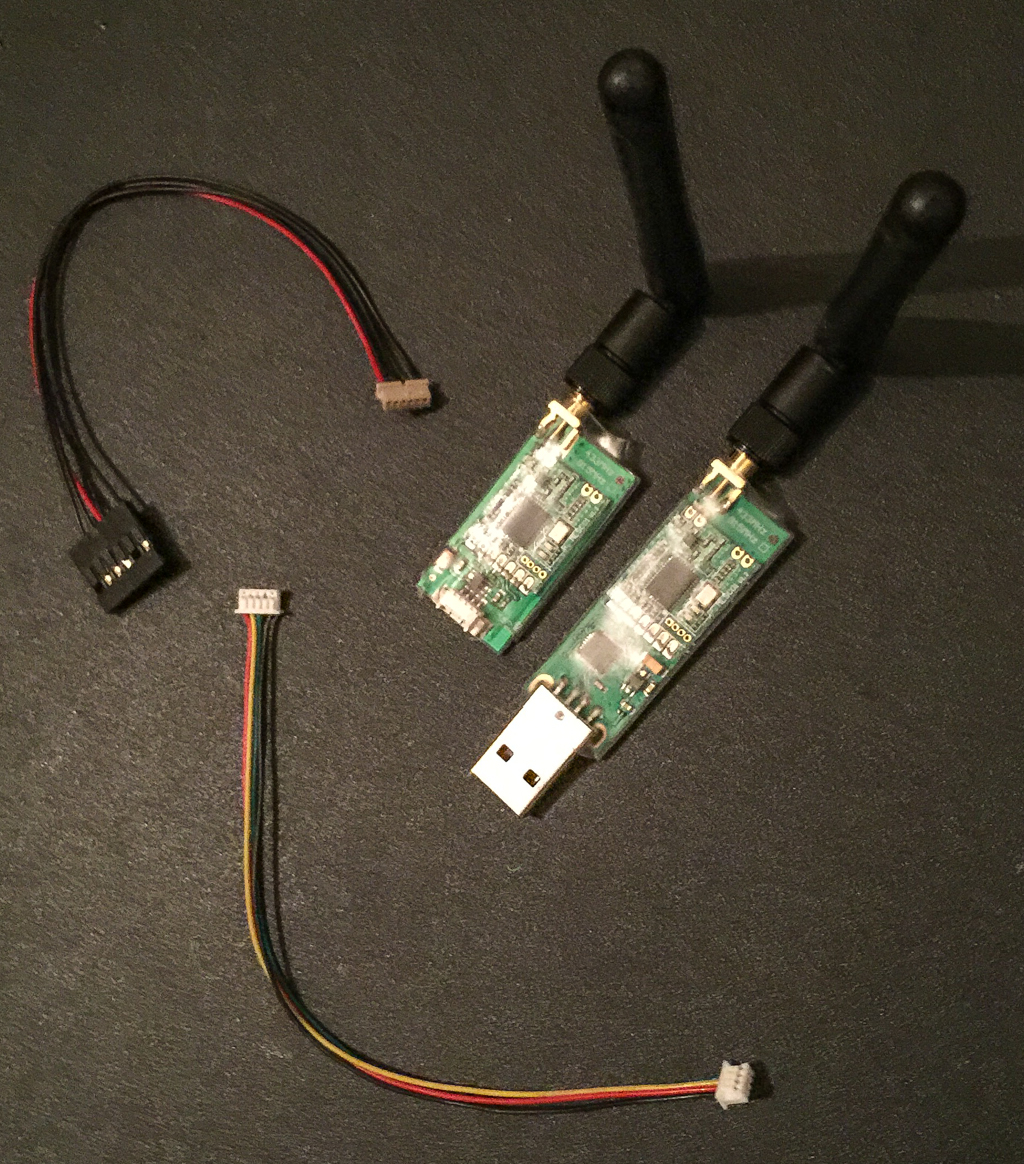Auto Pid Tuning Apm
PID Tuning Basics. Choose a Control Design Approach. Simulink Control Design provides several approaches to tuning Simulink blocks, such as Transfer Fcn and PID Controller blocks. Introduction to Model-Based PID Tuning in Simulink. Use PID Tuner for interactive tuning of PID gains in a Simulink model containing a PID Controller or PID Controller (2DOF) block. I just tried and the only way I can get it not to load the Extended Tuning Screen was if I connected first as Rover than disconnected. Then flashed AC3.4-rc4. My first program in dev c++. The fix was to flash AC3.4 then restart Pixhawk and APM plAnner 2.0 and then it worked as expected. It doesn’t switch between vehicles of different types and same sysid well. Jul 27, 2014 Copter: Throttle Pid Attenuation (TPA) #1261. Closed sevet opened this issue Jul 27, 2014 26 comments. Auto PID adjustment would be the right solution, no need to run special autotune, the copter would autolearn during flights. But it's MUCH easier to say than to do. With the new mini APM boards available it should be possible to.
Download free vst plugins for logic pro x. Try out dynamic pitch transposition or dive-bomb effects. Run your signal through some of the most coveted overdrives and distortions. Experiment with classic delays, echoes, and reverbs.
IMPORTANT NOTE BEFORE TUNING-
- Always set checkpoint parameter files along the way, the best method is to save every time you make a step in the right direction.
- PID tuning is an art, it is difficult and takes time until you get used to it.
APM 2.5

Pid Tuning Explained
- There are 2 methods to tuning the pids, we have found that the use of telemetry and mission planner, having a designated flyer and PID value changer is the most efficient method.
Using Mission Planner
Auto Pid Tuning Apm Parts
- open mission planner and connect to the flight controller, this can be done in 2 ways, connecting via USB or telemetry.
- If connected by USB you will have to connect the board to change values and disconnect for each test. always click write after making a change.
- when connected by telemetry you can change values mid flight, but it is advised to land, change, and write, a wrong change could send the copter to the ground. always click write after making a change.
- open the config/tuning tab and select advanced parameters list.
- from here you can adjust any of the many parameters, many are settings, but the important ones are the PIDs.
- always keep roll and pitch values the same. P is the main value, and I and D are secondary.
- start at the default value for P and I and set D to 0.
- for P and I, A lower value will reduce responsiveness, a higher value will wobble and potentially flip.
- adjust in this order, P-I-P-D-P. simply the order PID but returning to retune P after each change.
- click here for a great troubleshooting guide.
Using Channel 6(only for receivers with ch6 dials.)

Pid Tuning Calculator
- using channel 6 is operated under the same method, but is a great inflight method.
- in the advanced parameters(not advanced parameters list) page of the mission planner
- in the Ch 6 box select the parameter to tune, and set the range to +/-30%-40% of the default value, you can adjust it later if the value appears to be outside the range, this is just a ballpark to start with.
- go ahead and fly, make sure the ch 6 dial starts at about middle and while flying adjust it until you find the desired value. if it appears to be outside the range shift the range in that direction.
- once a good value has been found do not touch the dial, connect the apm to the computer and go to the advanced parameters page.
- click read and the new value will be read to the computer.
- to save the new values, go to the advanced parameters list page, read values and save.